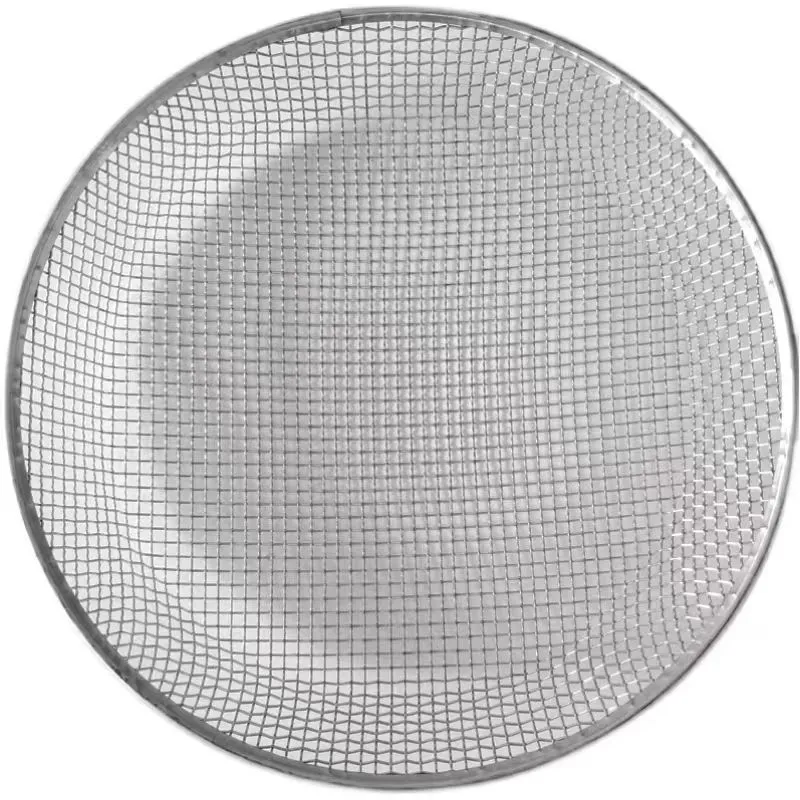-
 Afrikaans
Afrikaans -
 Albanian
Albanian -
 Amharic
Amharic -
 Arabic
Arabic -
 Armenian
Armenian -
 Azerbaijani
Azerbaijani -
 Basque
Basque -
 Belarusian
Belarusian -
 Bengali
Bengali -
 Bosnian
Bosnian -
 Bulgarian
Bulgarian -
 Catalan
Catalan -
 Cebuano
Cebuano -
 China
China -
 Corsican
Corsican -
 Croatian
Croatian -
 Czech
Czech -
 Danish
Danish -
 Dutch
Dutch -
 English
English -
 Esperanto
Esperanto -
 Estonian
Estonian -
 Finnish
Finnish -
 French
French -
 Frisian
Frisian -
 Galician
Galician -
 Georgian
Georgian -
 German
German -
 Greek
Greek -
 Gujarati
Gujarati -
 Haitian Creole
Haitian Creole -
 hausa
hausa -
 hawaiian
hawaiian -
 Hebrew
Hebrew -
 Hindi
Hindi -
 Miao
Miao -
 Hungarian
Hungarian -
 Icelandic
Icelandic -
 igbo
igbo -
 Indonesian
Indonesian -
 irish
irish -
 Italian
Italian -
 Japanese
Japanese -
 Javanese
Javanese -
 Kannada
Kannada -
 kazakh
kazakh -
 Khmer
Khmer -
 Rwandese
Rwandese -
 Korean
Korean -
 Kurdish
Kurdish -
 Kyrgyz
Kyrgyz -
 Lao
Lao -
 Latin
Latin -
 Latvian
Latvian -
 Lithuanian
Lithuanian -
 Luxembourgish
Luxembourgish -
 Macedonian
Macedonian -
 Malgashi
Malgashi -
 Malay
Malay -
 Malayalam
Malayalam -
 Maltese
Maltese -
 Maori
Maori -
 Marathi
Marathi -
 Mongolian
Mongolian -
 Myanmar
Myanmar -
 Nepali
Nepali -
 Norwegian
Norwegian -
 Norwegian
Norwegian -
 Occitan
Occitan -
 Pashto
Pashto -
 Persian
Persian -
 Polish
Polish -
 Portuguese
Portuguese -
 Punjabi
Punjabi -
 Romanian
Romanian -
 Russian
Russian -
 Samoan
Samoan -
 Scottish Gaelic
Scottish Gaelic -
 Serbian
Serbian -
 Sesotho
Sesotho -
 Shona
Shona -
 Sindhi
Sindhi -
 Sinhala
Sinhala -
 Slovak
Slovak -
 Slovenian
Slovenian -
 Somali
Somali -
 Spanish
Spanish -
 Sundanese
Sundanese -
 Swahili
Swahili -
 Swedish
Swedish -
 Tagalog
Tagalog -
 Tajik
Tajik -
 Tamil
Tamil -
 Tatar
Tatar -
 Telugu
Telugu -
 Thai
Thai -
 Turkish
Turkish -
 Turkmen
Turkmen -
 Ukrainian
Ukrainian -
 Urdu
Urdu -
 Uighur
Uighur -
 Uzbek
Uzbek -
 Vietnamese
Vietnamese -
 Welsh
Welsh -
 Bantu
Bantu -
 Yiddish
Yiddish -
 Yoruba
Yoruba -
 Zulu
Zulu
agricultural insect net price
Agricultural netting, an essential tool in modern farming, serves as a protective barrier against an array of environmental and biological threats. Through firsthand farm implementation and expert analyses, the varied functions of agricultural nets are evident, reflecting their critical role in optimizing crop yield and farm sustainability.

In temperate and tropical climates alike, agricultural nets shield crops from excessive sunlight, mitigating thermal stress. This is particularly crucial for sensitive plants like lettuce and spinach, which risk bolting in high temperatures. Managing light exposure ensures these crops maintain their quality and nutritional value. Moreover, agricultural nets have evolved beyond basic applications, now incorporating UV resistance enhancing their efficacy and longevity in all weather conditions.
The damage caused by pests and birds can severely impact the profitability of farms. Agricultural netting serves as a physical deterrent to these intruders, reducing the need for chemical pest control. For vineyards and berry farms, this netting is a game-changer, protecting high-value produce from birds while allowing beneficial insects to pass through. This selective permeability supports ecosystems within farms, encouraging pollination and natural pest control measures.

In regions plagued by erratic weather conditions, agricultural nets provide stabilization. Hail storms, if unchecked, can wipe out entire fields; however, deployed netting can absorb the impact, significantly minimizing crop damage. Coastal and windy areas similarly benefit, where the nets act as windbreaks, preventing soil erosion and damage to delicate plants.
agricultural net
Furthering their functionality, agricultural nets also enhance moisture conservation. By reducing evaporation rates, these nets maintain soil health, crucial in arid regions where water availability is limited. This water efficiency aligns with sustainable farming practices, supporting continuous productivity with reduced resource inputs.
Critically, the technological innovations within agricultural netting have made them indispensable in the fight against climate change. Research on advanced materials and designs is ongoing, emphasized by collaborations between agronomists and material scientists. These partnerships are revolutionizing agricultural practices, crafting nets tailored to specific crops and environmental needs, enhancing both growth conditions and resistance to climate variability.
The durability and recyclability of modern agricultural nets speak to their alignment with green practices. They are engineered to withstand harsh agricultural environments while minimizing environmental impact upon disposal. This sustainable lifecycle adds a layer of trust for consumers and stakeholders prioritizing eco-friendly solutions in agriculture.
Incorporating agricultural netting into farming practices demands a knowledgeable approach to maximize benefits. Expert consultation, tailored to individual farm needs, can significantly enhance net application and outcomes. As a foundation in contemporary agriculture, these nets represent a sustainable, cost-effective solution, harmonizing modern farming with environmental stewardship and economic viability. With continued advancements, agricultural nets are set to become even more integral, supporting global food security and sustainable agriculture initiatives.
-
Why Construction Steel Mesh is the Backbone of Modern InfrastructureNewsJun.27,2025
-
The Ultimate Solution for Versatile Industrial and Consumer ApplicationsNewsJun.27,2025
-
Smart Breeding Starts Here: The Ideal Breeder Net for GuppiesNewsJun.27,2025
-
Maximize Your Harvest with Smart NetNewsJun.27,2025
-
High-Performance Steel Mesh Solutions for Modern IndustryNewsJun.27,2025
-
Durable Solutions for Modern Agriculture and LandscapingNewsJun.27,2025











